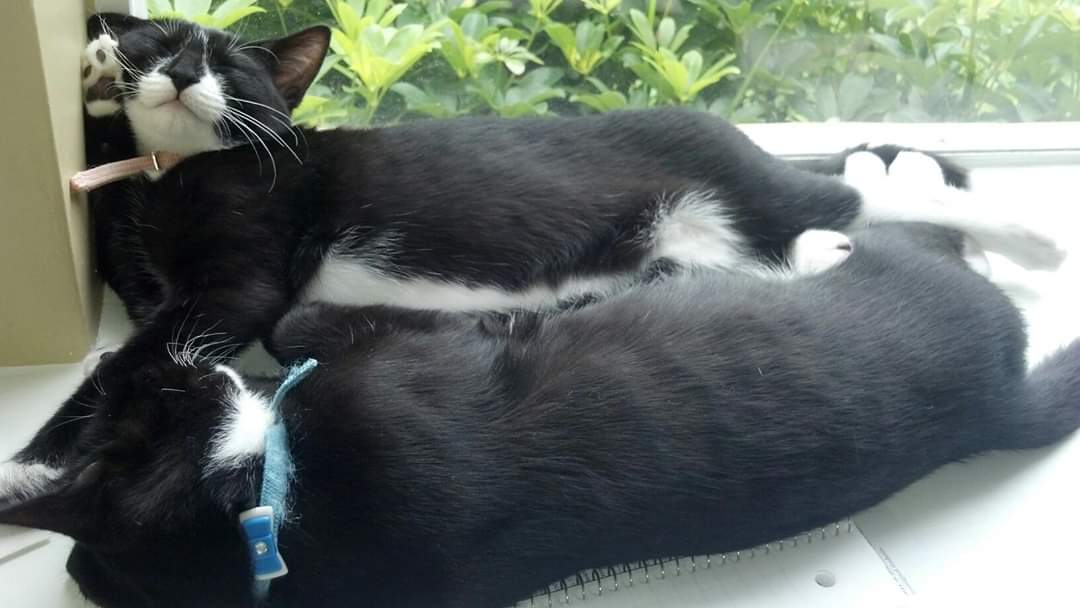 Photo by Sam Lion
Photo by Sam Lion
Your furry friend’s birthday is a special occasion deserving of celebration. After all, they bring joy, loyalty, and love into your life. Why not make their day unforgettable by pampering them with love and attention? Here are some creative ways to celebrate your dog’s birthday and show them just how much they mean to you.
Throw a Paw-some Birthday Party
Organize a gathering with your pup’s furry friends, complete with dog friendly decorations, party hats, and, of course, a doggy cake made from safe ingredients like peanut butter or pumpkin. Let them indulge in some pup-friendly treats and watch them enjoy the fun-filled day. Capture these invaluable moments with photos or videos to treasure for a lifetime. You can also plan fun games like fetch or musical sit to keep the dogs entertained and active. Consider giving out doggy bags filled with treats and toys as party favors for your furry guests to take home.
Take Your Pup on a Holiday
Why not plan a getaway to celebrate your dog’s birthday? There are many dog-friendly holiday destinations where your pup can roam freely and enjoy new sights and smells. Consider exploring dog friendly holidays in Fife, where your furry friend can run on sandy beaches or hike through scenic trails. Watching your dog explore and enjoy new experiences will create lasting memories for both of you. Make sure to pack their favorite toys and treats to make the trip even more enjoyable for them. You can also research dog-friendly accommodations and restaurants in the area to ensure a comfortable and enjoyable stay for your pup.
Gift Them a Special Toy or Treat
Spoil your pooch with a new toy or a delicious treat that they’ve been eyeing up. Whether it’s a squeaky toy, a chew bone, or a fluffy bed, choose something that suits their personality and preferences. It’ll make their tail wag with excitement! Additionally, you can personalize the gift with their name or a special message to make it even more memorable. If you’re feeling crafty, you can even make a homemade toy or treat for a personal touch. Your dog will appreciate the effort and love you put into their special gift.
Spa Day for Your Pup
Treat your furry friend to a spa day at home or at a professional pet salon. Give them a relaxing bath with gentle shampoo, followed by a brushing to make their coat shine. Don’t forget to trim their nails and clean their ears to give them a thorough pampering session. Finish off the spa day with a gentle massage to help them relax and unwind. Your pup will feel rejuvenated and loved after this special treat. Consider adding some aromatherapy oils to the bath to enhance the relaxation experience for your dog. The spa day will not only make your pup look and feel great but also strengthen the bond between you.
Create a DIY Agility Course
Set up a fun and safe agility course in your backyard or a nearby park for your pup to navigate. Use items like cones, tunnels, and hurdles to create a challenging but enjoyable course. It’s a great way to keep them active and engaged while celebrating their special day. You can even invite some of their doggy friends to join in the fun and turn it into a friendly competition.
Your pup will love the mental and physical stimulation, and you’ll both have a blast bonding over this exciting activity. Think about creating a mini obstacle course using household items like cardboard boxes or hula hoops for a cost-effective and fun birthday celebration.

 Photo by
Photo by  Bringing home a new cat is an exciting and enjoyable time for your family. You have a new loving presence in the house and a new companion to go through your days together. Whether you are a first-time cat-owner, though, or if you have owned cats before, it is important to remember that the first few days of bringing your new pet home can be a bit of an adjustment period for everyone.
Bringing home a new cat is an exciting and enjoyable time for your family. You have a new loving presence in the house and a new companion to go through your days together. Whether you are a first-time cat-owner, though, or if you have owned cats before, it is important to remember that the first few days of bringing your new pet home can be a bit of an adjustment period for everyone. Photo by
Photo by  Dogs love a comfy place to lie down, just like humans do, and it’s a rare pup that wouldn’t prefer a bed or sofa to the hard floor. Some dog owners choose not to fight that battle, and they let their pets share their furniture. But others would rather protect their furniture from dog hair and odor. If you fall in the latter category, read on for some tips on keeping your dog off the sofa.
Dogs love a comfy place to lie down, just like humans do, and it’s a rare pup that wouldn’t prefer a bed or sofa to the hard floor. Some dog owners choose not to fight that battle, and they let their pets share their furniture. But others would rather protect their furniture from dog hair and odor. If you fall in the latter category, read on for some tips on keeping your dog off the sofa. Aquarium decorations aren’t just cool; they are important for the health of the fish in your tank. Before you buy whatever you see at the pet store, you should learn about the best decorations for saltwater tanks.
Aquarium decorations aren’t just cool; they are important for the health of the fish in your tank. Before you buy whatever you see at the pet store, you should learn about the best decorations for saltwater tanks. Cats can make for excellent pets, particularly for people who might not be around the house full time to care for them. This is because even though you and your cat can develop a special bond, they can generally function independently throughout the day and look after themselves. That being said, there are a few things that you will be responsible for as a cat owner.
Cats can make for excellent pets, particularly for people who might not be around the house full time to care for them. This is because even though you and your cat can develop a special bond, they can generally function independently throughout the day and look after themselves. That being said, there are a few things that you will be responsible for as a cat owner. As a pet owner, you will have calculated the costs of your pet into your monthly budgets —things such as food, insurance, and other extras you might treat them to. Most people will think carefully before committing to a pet, considering how they will be able to afford to care for an animal. Even though it might seem as though having a dog, cat, or any other pet is perfectly affordable, you should be aware of the ways in which they can unexpectedly eat into your budget. They might not happen very often, but if they do, it could have a big impact on your bank account.
As a pet owner, you will have calculated the costs of your pet into your monthly budgets —things such as food, insurance, and other extras you might treat them to. Most people will think carefully before committing to a pet, considering how they will be able to afford to care for an animal. Even though it might seem as though having a dog, cat, or any other pet is perfectly affordable, you should be aware of the ways in which they can unexpectedly eat into your budget. They might not happen very often, but if they do, it could have a big impact on your bank account.  image
image



